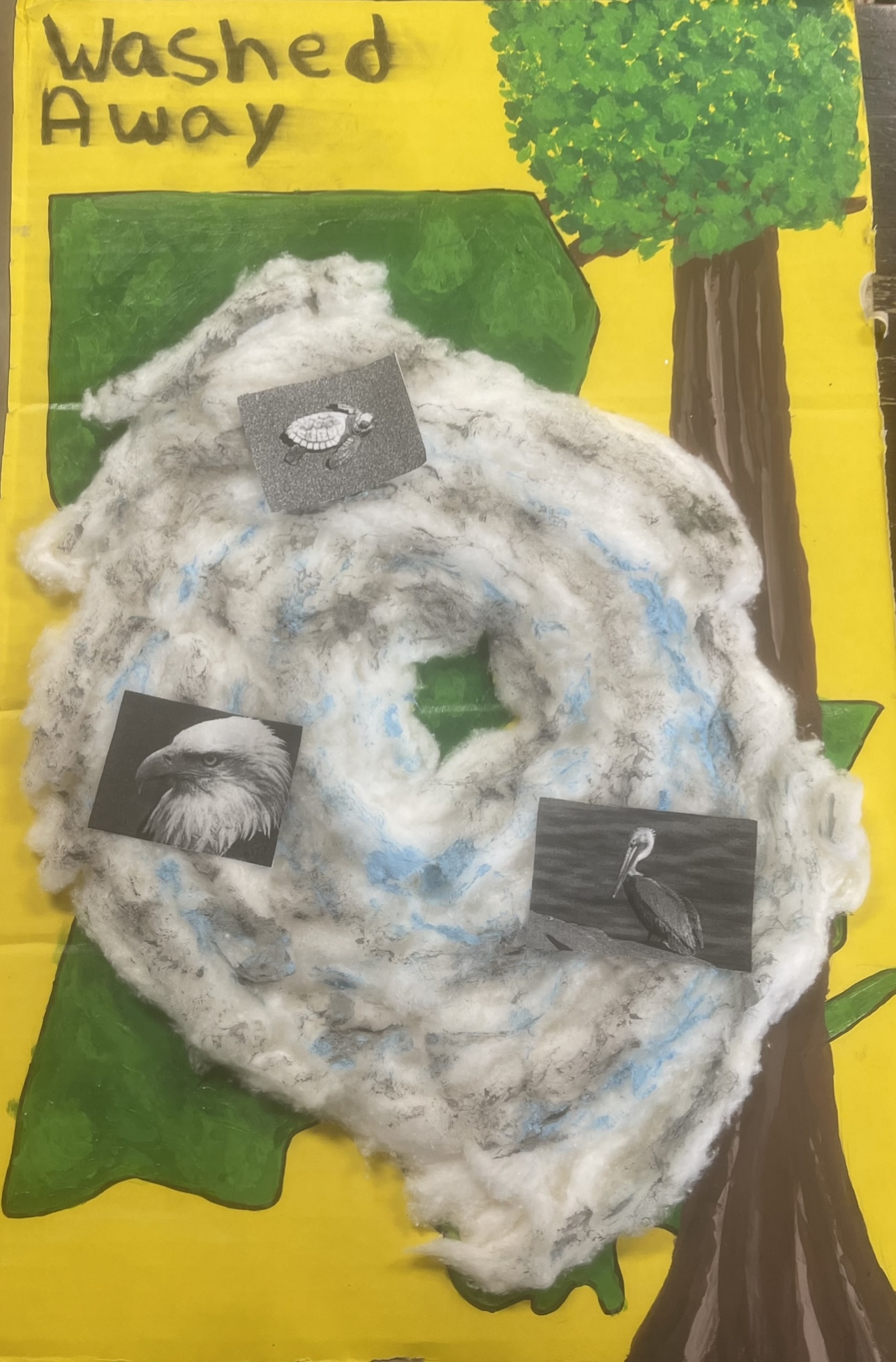Washed Away
There are many precautions we can take to help lessen the severity of wetland and coastal erosion from hurricanes. Restoring our wetlands helps prevent coastal erosion. During hurricanes, wetlands have the ability to absorb the energy created by ocean currents and they provide stability to the soil with their extensive root systems. Even just preventing the pollution of the wetlands could make a difference. Replanting vegetation can give the wetlands more soil stability and prevent erosion. The wetlands serve as nesting, feeding and breeding sites for a variety of species some of which are endangered. Another method we can use to restore the wetlands is cutting down on the amount of fertilizers and pesticides we use around this area. Polluting our wetlands with these chemicals contaminates the soil which is a contributing factor to erosion. Most wetland plants can be replanted without the use of fertilizer because they can thrive on their own. An example being swamp milkweed. Swamp milkweed is a deep rooted plant and can do well on its own. This plant's deep roots help slow down the flow of water during hurricanes, which is very beneficial in preventing soil erosion.
Contact us
Thank you for your interest in contacting Future Engineers. We look forward to connecting with you!
General Inquiries
support@futureengineers.orgSponsorship Inquiries
sponsor@futureengineers.org
